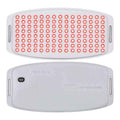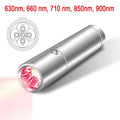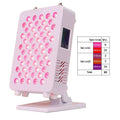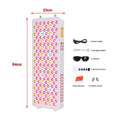Red Light Therapy for Bone Recovery
Posted by MARK HINDLE
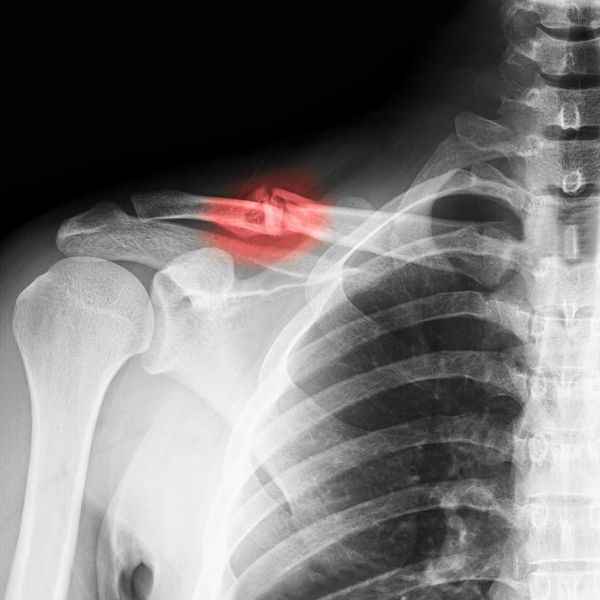
In the realm of regenerative medicine, a fascinating and increasingly popular therapy is shedding new light on how our bodies heal – quite literally. Red light therapy, also known as photobiomodulation (PBM) or low-level laser therapy (LLLT), is emerging as a powerful, non-invasive tool to accelerate bone repair and improve skeletal health.
At its core, red light therapy harnesses the power of specific wavelengths of red and near-infrared light. When these wavelengths penetrate the skin, they are absorbed by the mitochondria within our cells. This absorption triggers a cascade of beneficial biochemical reactions, most notably an increase in the production of adenosine triphosphate (ATP) – the primary energy currency of our cells. With this surge in cellular energy, cells are better equipped to perform their essential functions, including repair and regeneration.
A Deeper Dive into the Mechanisms of Bone Repair
The journey of bone healing is complex, involving a symphony of cellular activities. Red light therapy plays a crucial role in orchestrating this process by positively influencing key players:
Stimulating Bone-Building Cells: One of the most significant impacts of red light therapy is its ability to stimulate osteoblasts, the specialized cells responsible for building new bone tissue. It enhances their proliferation and activity, leading to more efficient bone formation. Similarly, fibroblasts, which are vital for synthesizing collagen – a fundamental component of bone and connective tissue – also show increased activity.
Awakening Stem Cells: The therapy has been shown to encourage the osteogenic differentiation of stem cells. This means it can prompt versatile stem cells to transform specifically into bone-forming cells, contributing to new bone growth and repair.
Boosting Blood Flow and Nutrient Delivery: Healthy bone healing demands a robust supply of oxygen and nutrients. Red light therapy effectively improves microcirculation and promotes angiogenesis, the formation of new blood vessels. This enhanced blood flow ensures that the injured bone site receives the vital resources needed for rapid and efficient recovery.
Calming Inflammation and Alleviating Pain: Inflammation is a natural part of the healing process, but excessive or prolonged inflammation can impede repair. Red light therapy exhibits anti-inflammatory effects by modulating inflammatory cell activity and cytokine levels. This helps to reduce swelling and pain, creating a more conducive environment for healing and enhancing patient comfort.
Fortifying Bone Structure: Beyond direct repair, red light therapy also contributes to the overall strength and integrity of bones. It promotes collagen synthesis, which is essential for the structural framework of bone. Furthermore, consistent application may even lead to improved bone mineral density and structure, offering potential preventative benefits against conditions like osteoporosis.
The Growing Evidence and Clinical Promise
Both in vivo (within a living organism) and in vitro (in a laboratory setting) studies have consistently highlighted the positive impact of red light therapy on bone healing. Its ability to accelerate the repair of fractures and bone defects has made it a subject of increasing interest in orthopaedic practices.
While the precise molecular pathways through which red light therapy exerts its influence are still areas of ongoing research and discovery, its potential as a safe, non-invasive, and drug-free approach to support the body's innate healing mechanisms is undeniable. As research continues to unravel the intricacies of its action, red light therapy stands poised to play an even more significant role in modern medical and rehabilitative practices, offering a brighter outlook for those seeking accelerated bone recovery and improved skeletal health











